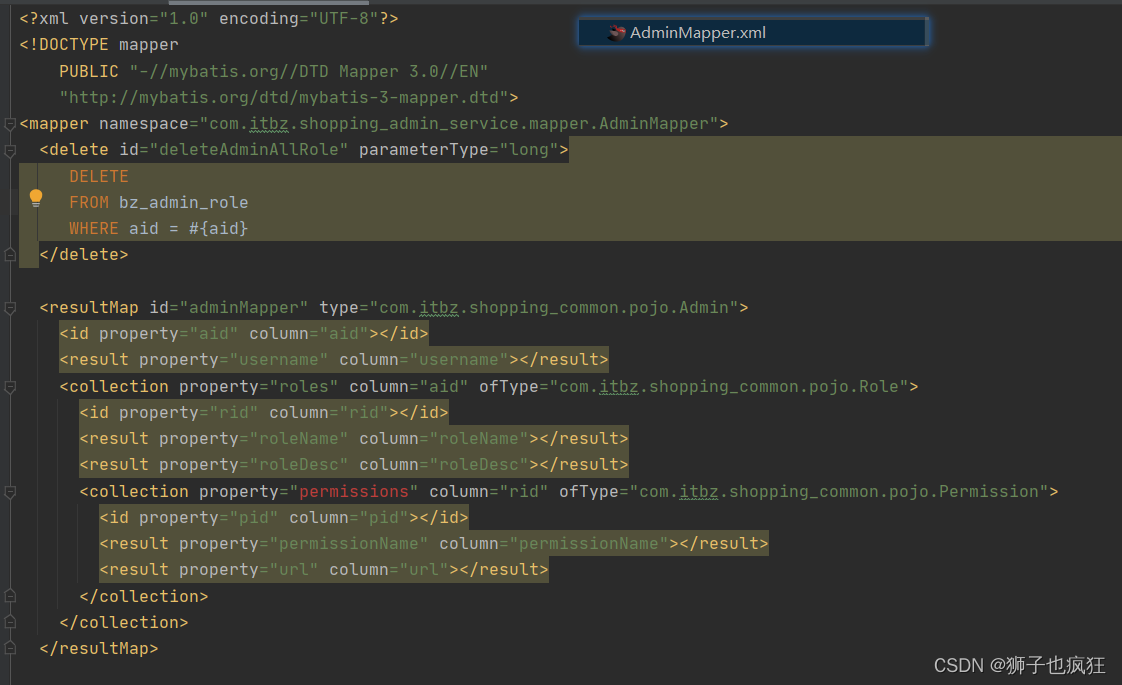哪些维度评判代码质量的好坏?
常用的评价标准
- 可维护性(maintainability):维护代码的成本
- 可读性(readability)
- 可扩展性(extensibility):码应对未来需求变化的能力
- 灵活性(flexibility)
- 简洁性(simplicity)
- 可复用性(reusability)
- 可测试性(testability)
面向对象、设计原则、设计模式、编程规范、重构
面向对象
- 面向对象的四大特性:封装、抽象、继承、多态
- 封装:信息隐藏或者数据访问保护
- 抽象:调用者在使用函数的时候,并不需要去研究函数内部的实现逻辑,只需要通过函数的命名、注释或者文档,了解其提供了什么功能,就可以直接使用了。
- 继承:代码复用(过度继承会导致代码可读性、可维护性变差)
- 多态:子类可以替换父类,在实际的代码运行过程中,调用子类的方法实现
- 面向对象编程与面向过程编程的区别和联系
- 面向过程:方法和数据结构的定义分开
- 面向对象:方法和数据结构被绑定一起,定义在类中(能够应对大规模复杂程序的开发,更易复用、易扩展、易维护)
- 接口和抽象类的区别以及各自的应用场景
抽象类(模板设计模式)
// 抽象类
public abstract class Logger {
private String name;
private boolean enabled;
private Level minPermittedLevel;
public Logger(String name, boolean enabled, Level minPermittedLevel) {
this.name = name;
this.enabled = enabled;
this.minPermittedLevel = minPermittedLevel;
}
public void log(Level level, String message) {
boolean loggable = enabled && (minPermittedLevel.intValue() <= level.intValue
if (!loggable) return;
doLog(level, message);
}
protected abstract void doLog(Level level, String message);
}
// 抽象类的子类:输出日志到文件
public class FileLogger extends Logger {
private Writer fileWriter;
public FileLogger(String name, boolean enabled,
Level minPermittedLevel, String filepath) {
super(name, enabled, minPermittedLevel);
this.fileWriter = new FileWriter(filepath);
}
@Override
public void doLog(Level level, String mesage) {
// 格式化level和message,输出到日志文件
fileWriter.write(...);
}
}
// 抽象类的子类: 输出日志到消息中间件(比如kafka)
public class MessageQueueLogger extends Logger {
private MessageQueueClient msgQueueClient;
public MessageQueueLogger(String name, boolean enabled,
Level minPermittedLevel, MessageQueueClient msgQueueClient) {
super(name, enabled, minPermittedLevel);
this.msgQueueClient = msgQueueClient;
}
@Override
protected void doLog(Level level, String mesage) {
// 格式化level和message,输出到消息中间件
msgQueueClient.send(...);
}
}
- 抽象类不允许被实例化,只能被继承。
- 抽象类可以包含属性和方法。
- 子类继承抽象类,必须实现抽象类中的所有抽象方法。
接口
public interface Filter {
void doFilter(RpcRequest req) throws RpcException;
}
// 接口实现类:鉴权过滤器
public class AuthencationFilter implements Filter {
@Override
public void doFilter(RpcRequest req) throws RpcException {
//...鉴权逻辑..
}
}
// 接口实现类:限流过滤器
public class RateLimitFilter implements Filter {
@Override
public void doFilter(RpcRequest req) throws RpcException {
//...限流逻辑...
}
}
// 过滤器使用Demo
public class Application {
// filters.add(new AuthencationFilter());
// filters.add(new RateLimitFilter());
private List<Filter> filters = new ArrayList<>();
public void handleRpcRequest(RpcRequest req) {
try {
for (Filter filter : filters) {
filter.doFilter(req);
}
} catch (RpcException e) {
// ...处理过滤结果...
}
// ...省略其他处理逻辑...
}
}
- 接口不能包含属性(也就是成员变量)。
- 接口只能声明方法,方法不能包含代码实现。
- 类实现接口的时候,必须实现接口中声明的所有方法。
- 基于接口而非实现编程的设计思想
- 越抽象、越顶层、越脱离具体某一实现的设计,越能提高代码的灵活性,越能应对未来的需求变化。
函数的命名不能暴露任何实现细节。
封装具体的实现细节。
为实现类定义抽象的接口。
- 多用组合少用继承的设计思想
- 如果类之间的继承结构稳定(不会轻易改变),继承层次比较浅(比如,最多有两层继承关
系),继承关系不复杂,我们就可以大胆地使用继承。反之,系统越不稳定,继承层次很深,
继承关系复杂,我们就尽量使用组合来替代继承 - 装饰者模式(decorator pattern)、策略模式(strategy pattern)、组合模式(composite pattern)等都使用了组合关系,而模板模式(template pattern)使用了继承关系。
- 面向过程的贫血模型(重 Service 轻 BO)和面向对象的充血模型(轻 Service 重 Domain)
基于贫血模型的传统开发模式
// 接口
public class VirtualWalletController {
// 通过构造函数或者IOC框架注入
private VirtualWalletService virtualWalletService;
public BigDecimal getBalance(Long walletId) { ...} //查询余额
public void debit(Long walletId, BigDecimal amount) { ...} //出账
public void credit(Long walletId, BigDecimal amount) { ...} //入账
public void transfer(Long fromWalletId, Long toWalletId, BigDecimal amount) { .
//省略查询transaction的接口
}
}
public class VirtualWalletBo {//省略getter/setter/constructor方法
private Long id;
private Long createTime;
private BigDecimal balance;
}
public Enum TransactionType {
DEBIT,
CREDIT,
TRANSFER;
}
public class VirtualWalletService {
// 通过构造函数或者IOC框架注入
private VirtualWalletRepository walletRepo;
private VirtualWalletTransactionRepository transactionRepo;
public VirtualWalletBo getVirtualWallet(Long walletId) {
VirtualWalletEntity walletEntity = walletRepo.getWalletEntity(walletId);
VirtualWalletBo walletBo = convert(walletEntity);
return walletBo;
}
public BigDecimal getBalance(Long walletId) {
return walletRepo.getBalance(walletId);
}
@Transactional
public void debit(Long walletId, BigDecimal amount) {
VirtualWalletEntity walletEntity = walletRepo.getWalletEntity(walletId);
BigDecimal balance = walletEntity.getBalance();
if (balance.compareTo(amount) < 0) {
throw new NoSufficientBalanceException(...);
}
VirtualWalletTransactionEntity transactionEntity = new VirtualWalletTransacti
transactionEntity.setAmount(amount);
transactionEntity.setCreateTime(System.currentTimeMillis());
transactionEntity.setType(TransactionType.DEBIT);
transactionEntity.setFromWalletId(walletId);
transactionRepo.saveTransaction(transactionEntity);
walletRepo.updateBalance(walletId, balance.subtract(amount));
}
@Transactional
public void credit(Long walletId, BigDecimal amount) {
VirtualWalletTransactionEntity transactionEntity = new VirtualWalletTransacti
transactionEntity.setAmount(amount);
transactionEntity.setCreateTime(System.currentTimeMillis());
transactionEntity.setType(TransactionType.CREDIT);
transactionEntity.setFromWalletId(walletId);
transactionRepo.saveTransaction(transactionEntity);
VirtualWalletEntity walletEntity = walletRepo.getWalletEntity(walletId);
BigDecimal balance = walletEntity.getBalance();
walletRepo.updateBalance(walletId, balance.add(amount));
}
@Transactional
public void transfer(Long fromWalletId, Long toWalletId, BigDecimal amount) {
VirtualWalletTransactionEntity transactionEntity = new VirtualWalletTransacti
transactionEntity.setAmount(amount);
transactionEntity.setCreateTime(System.currentTimeMillis());
transactionEntity.setType(TransactionType.TRANSFER);
transactionEntity.setFromWalletId(fromWalletId);
transactionEntity.setToWalletId(toWalletId);
transactionRepo.saveTransaction(transactionEntity);
debit(fromWalletId, amount);
credit(toWalletId, amount);
}
}
基于充血模型的 DDD 开发模式(钱包系统)
public class VirtualWallet { // Domain领域模型(充血模型)
private Long id;
private Long createTime = System.currentTimeMillis();
private BigDecimal balance = BigDecimal.ZERO;
public VirtualWallet(Long preAllocatedId) {
this.id = preAllocatedId;
}
public BigDecimal balance() {
return this.balance;
}
public void debit(BigDecimal amount) {
if (this.balance.compareTo(amount) < 0) {
throw new InsufficientBalanceException(...);
}
this.balance = this.balance.subtract(amount);
}
public void credit(BigDecimal amount) {
if (amount.compareTo(BigDecimal.ZERO) < 0) {
throw new InvalidAmountException(...);
}
this.balance = this.balance.add(amount);
}
}
public class VirtualWalletService {
// 通过构造函数或者IOC框架注入
private VirtualWalletRepository walletRepo;
private VirtualWalletTransactionRepository transactionRepo;
public VirtualWallet getVirtualWallet(Long walletId) {
VirtualWalletEntity walletEntity = walletRepo.getWalletEntity(walletId);
VirtualWallet wallet = convert(walletEntity);
return wallet;
}
public BigDecimal getBalance(Long walletId) {
return walletRepo.getBalance(walletId);
}
@Transactional
public void debit(Long walletId, BigDecimal amount) {
VirtualWalletEntity walletEntity = walletRepo.getWalletEntity(walletId);
VirtualWallet wallet = convert(walletEntity);
wallet.debit(amount);
VirtualWalletTransactionEntity transactionEntity = new VirtualWalletTransacti
transactionEntity.setAmount(amount);
transactionEntity.setCreateTime(System.currentTimeMillis());
transactionEntity.setType(TransactionType.DEBIT);
transactionEntity.setFromWalletId(walletId);
transactionRepo.saveTransaction(transactionEntity);
walletRepo.updateBalance(walletId, wallet.balance());
}
@Transactional
public void credit(Long walletId, BigDecimal amount) {
VirtualWalletEntity walletEntity = walletRepo.getWalletEntity(walletId);
VirtualWallet wallet = convert(walletEntity);
wallet.credit(amount);
VirtualWalletTransactionEntity transactionEntity = new VirtualWalletTransacti
transactionEntity.setAmount(amount);
transactionEntity.setCreateTime(System.currentTimeMillis());
transactionEntity.setType(TransactionType.CREDIT);
transactionEntity.setFromWalletId(walletId);
transactionRepo.saveTransaction(transactionEntity);
walletRepo.updateBalance(walletId, wallet.balance());
}
@Transactional
public void transfer(Long fromWalletId, Long toWalletId, BigDecimal amount) {
//...跟基于贫血模型的传统开发模式的代码一样...
}
}
基于充血模型的 DDD 开发模式跟基于贫血模型的传统开发模式相比,主要区别在 Service
层。在基于充血模型的开发模式下,我们将部分原来在 Service 类中的业务逻辑移动到了一个
充血的 Domain 领域模型中,让 Service 类的实现依赖这个 Domain 类。
在基于充血模型的 DDD 开发模式下,Service 类并不会完全移除,而是负责一些不适合放在
Domain 类中的功能。比如,负责与 Repository 层打交道、跨领域模型的业务聚合功能、幂
等事务等非功能性的工作。
如何对接口鉴权这样一个功能开发做面向对象分析?
- 调用方进行接口请求的时候,将 URL、AppID、密码、时间戳拼接在一起,通过加密算法
生成 token,并且将 token、AppID、时间戳拼接在 URL 中,一并发送到微服务端。 - 微服务端在接收到调用方的接口请求之后,从请求中拆解出 token、AppID、时间戳。
- 微服务端首先检查传递过来的时间戳跟当前时间,是否在 token 失效时间窗口内。如果已
经超过失效时间,那就算接口调用鉴权失败,拒绝接口调用请求。 - 如果 token 验证没有过期失效,微服务端再从自己的存储中,取出 AppID 对应的密码,通
过同样的 token 生成算法,生成另外一个 token,与调用方传递过来的 token 进行匹配。
如果一致,则鉴权成功,允许接口调用;否则就拒绝接口调用。
进一步变化为:
- 把 URL、AppID、密码、时间戳拼接为一个字符串;
- 对字符串通过加密算法加密生成 token;
- 将 token、AppID、时间戳拼接到 URL 中,形成新的 URL;
- 解析 URL,得到 token、AppID、时间戳等信息;
- 从存储中取出 AppID 和对应的密码;
- 根据时间戳判断 token 是否过期失效;
- 验证两个 token 是否匹配;
1、2、6、7 都是跟 token 有关,负责 token 的生成、验证;(AuthToken)
3、4 都是在处理 URL,负责 URL 的拼接、解析;(Url)
5 是操作 AppID 和密码,负责从存储中读取 AppID 和密码。(CredentialStorage)

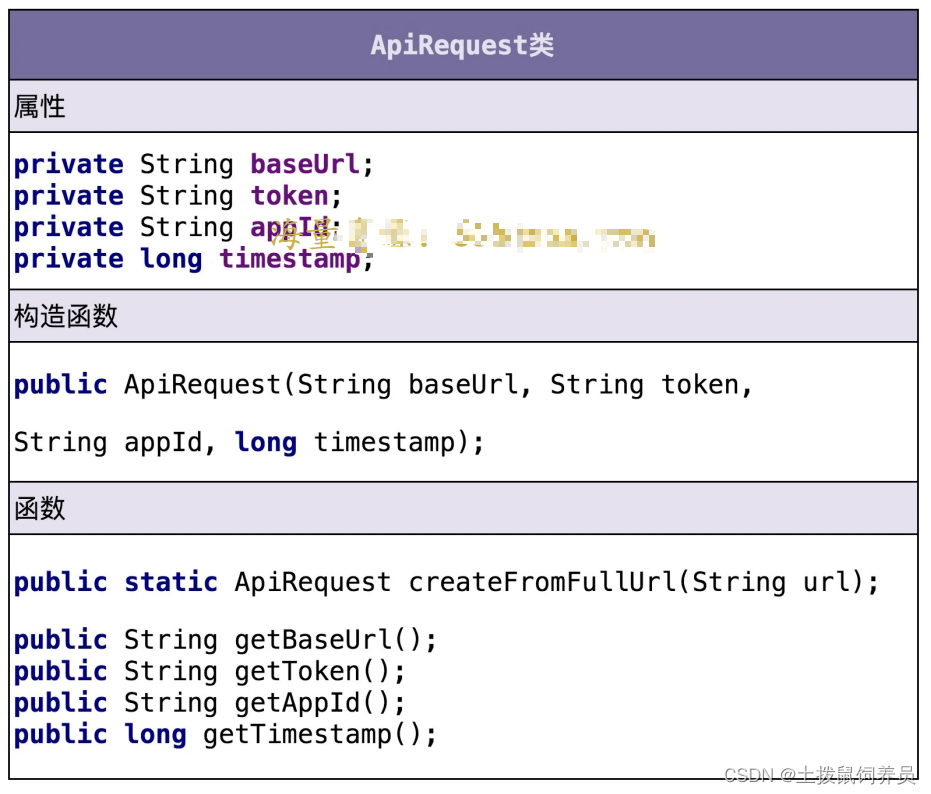

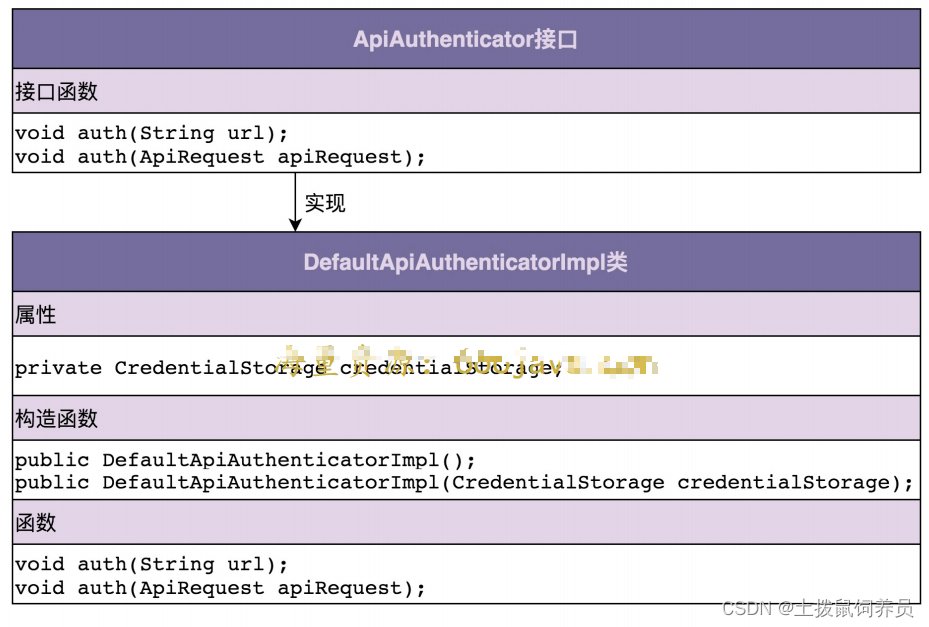
public interface ApiAuthenticator {
void auth(String url);
void auth(ApiRequest apiRequest);
}
public class DefaultApiAuthenticatorImpl implements ApiAuthenticator {
private CredentialStorage credentialStorage;
public DefaultApiAuthenticatorImpl() {
this.credentialStorage = new MysqlCredentialStorage();
}
public DefaultApiAuthenticatorImpl(CredentialStorage credentialStorage) {
this.credentialStorage = credentialStorage;
}
@Override
public void auth(String url) {
ApiRequest apiRequest = ApiRequest.buildFromUrl(url);
auth(apiRequest);
}
@Override
public void auth(ApiRequest apiRequest) {
String appId = apiRequest.getAppId();
String token = apiRequest.getToken();
long timestamp = apiRequest.getTimestamp();
String originalUrl = apiRequest.getOriginalUrl();
AuthToken clientAuthToken = new AuthToken(token, timestamp);
if (clientAuthToken.isExpired()) {
throw new RuntimeException("Token is expired.");
}
String password = credentialStorage.getPasswordByAppId(appId);
AuthToken serverAuthToken = AuthToken.generate(originalUrl, appId, password,
if (!serverAuthToken.match(clientAuthToken)) {
throw new RuntimeException("Token verfication failed.");
}
}
}
设计原则
- SOLID 原则 -SRP 单一职责原则
- SOLID 原则 -OCP 开闭原则(对扩展开放、对修改关闭)
// API 接口监控告警 这种情况进行扩展就需要对方法进行修改
public class Alert {
private AlertRule rule;
private Notification notification;
public Alert(AlertRule rule, Notification notification) {
this.rule = rule;
this.notification = notification;
}
public void check(String api, long requestCount, long errorCount, long duration) {
long tps = requestCount / durationOfSeconds;
if (tps > rule.getMatchedRule(api).getMaxTps()) {
notification.notify(NotificationEmergencyLevel.URGENCY, "...");
}
if (errorCount > rule.getMatchedRule(api).getMaxErrorCount()) {
notification.notify(NotificationEmergencyLevel.SEVERE, "...");
}
}
}
// 当每秒钟接口超时请求个数,超过某个预先设置的最大阈值时,我们也要触发告警发送通知。
代码改动
public class Alert {
// ...省略AlertRule/Notification属性和构造函数...
// 改动一:添加参数timeoutCount
public void check(String api, long requestCount, long errorCount, long timeoutCount) {
long tps = requestCount / durationOfSeconds;
if (tps > rule.getMatchedRule(api).getMaxTps()) {
notification.notify(NotificationEmergencyLevel.URGENCY, "...");
}
if (errorCount > rule.getMatchedRule(api).getMaxErrorCount()) {
notification.notify(NotificationEmergencyLevel.SEVERE, "...");
}
// 改动二:添加接口超时处理逻辑
long timeoutTps = timeoutCount / durationOfSeconds;
if (timeoutTps > rule.getMatchedRule(api).getMaxTimeoutTps()) {
notification.notify(NotificationEmergencyLevel.URGENCY, "...");
}
}
}
重构–》
public class Alert {
private List<AlertHandler> alertHandlers = new ArrayList<>();
public void addAlertHandler(AlertHandler alertHandler) {
this.alertHandlers.add(alertHandler);
}
public void check(ApiStatInfo apiStatInfo) {
for (AlertHandler handler : alertHandlers) {
handler.check(apiStatInfo);
}
}
}
public class ApiStatInfo {//省略constructor/getter/setter方法
private String api;
private long requestCount;
private long errorCount;
private long durationOfSeconds;
}
public abstract class AlertHandler {
protected AlertRule rule;
protected Notification notification;
public AlertHandler(AlertRule rule, Notification notification) {
this.rule = rule;
this.notification = notification;
}
public abstract void check(ApiStatInfo apiStatInfo);
}
public class TpsAlertHandler extends AlertHandler {
public TpsAlertHandler(AlertRule rule, Notification notification) {
super(rule, notification);
}
@Override
public void check(ApiStatInfo apiStatInfo) {
long tps = apiStatInfo.getRequestCount() / apiStatInfo.getDurationOfSeconds();
if (tps > rule.getMatchedRule(apiStatInfo.getApi()).getMaxTps()) {
notification.notify(NotificationEmergencyLevel.URGENCY, "...");
}
}
}
public class ErrorAlertHandler extends AlertHandler {
public ErrorAlertHandler(AlertRule rule, Notification notification) {
super(rule, notification);
}
@Override
public void check(ApiStatInfo apiStatInfo) {
if (apiStatInfo.getErrorCount() > rule.getMatchedRule(apiStatInfo.getApi()).g
notification.notify(NotificationEmergencyLevel.SEVERE, "...");
}
}
public class ApplicationContext {
private AlertRule alertRule;
private Notification notification;
private Alert alert;
public void initializeBeans() {
alertRule = new AlertRule(/*.省略参数.*/); //省略一些初始化代码
notification = new Notification(/*.省略参数.*/); //省略一些初始化代码
alert = new Alert();
alert.addAlertHandler(new TpsAlertHandler(alertRule, notification));
alert.addAlertHandler(new ErrorAlertHandler(alertRule, notification));
}
public Alert getAlert() {
return alert;
}
// 饿汉式单例
private static final ApplicationContext instance = new ApplicationContext();
private ApplicationContext() {
initializeBeans();
}
public static ApplicationContext getInstance() {
return instance;
}
}
public class Demo {
public static void main(String[] args) {
ApiStatInfo apiStatInfo = new ApiStatInfo();
// ...省略设置apiStatInfo数据值的代码
ApplicationContext.getInstance().getAlert().check(apiStatInfo);
}
}
- SOLID 原则 -LSP 里式替换原则
- SOLID 原则 -ISP 接口隔离原则
- SOLID 原则 -DIP 依赖倒置原则
- DRY 原则、KISS 原则、YAGNI 原则、LOD 法则
设计模式
针对软件开发中经常遇到的一些设计问题,总结出来的一套解决方案或者设计思
路。
编程规范
编程规范主要解决的是代码的可读性问题。编码规范相对于设计原则、设计模式,更加具
体、更加偏重代码细节、更加能落地。持续的小重构依赖的理论基础主要就是编程规范。
重构
重构作为保持代码质量不下降的有效手段,利用的就是面向对象、设计原则、设计模式、编
码规范这些理论。
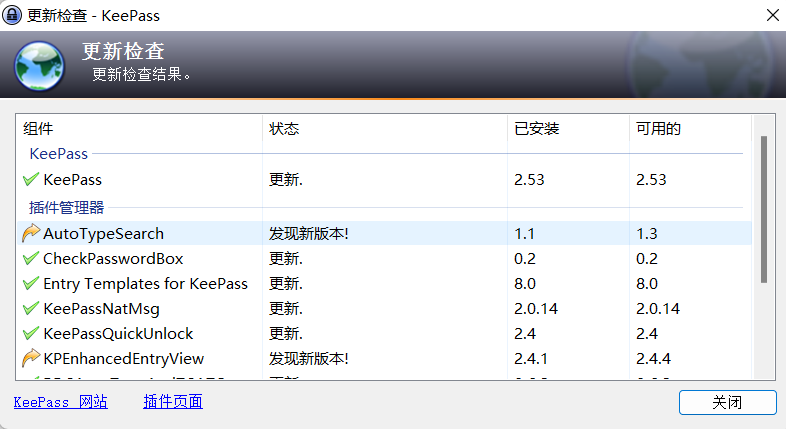

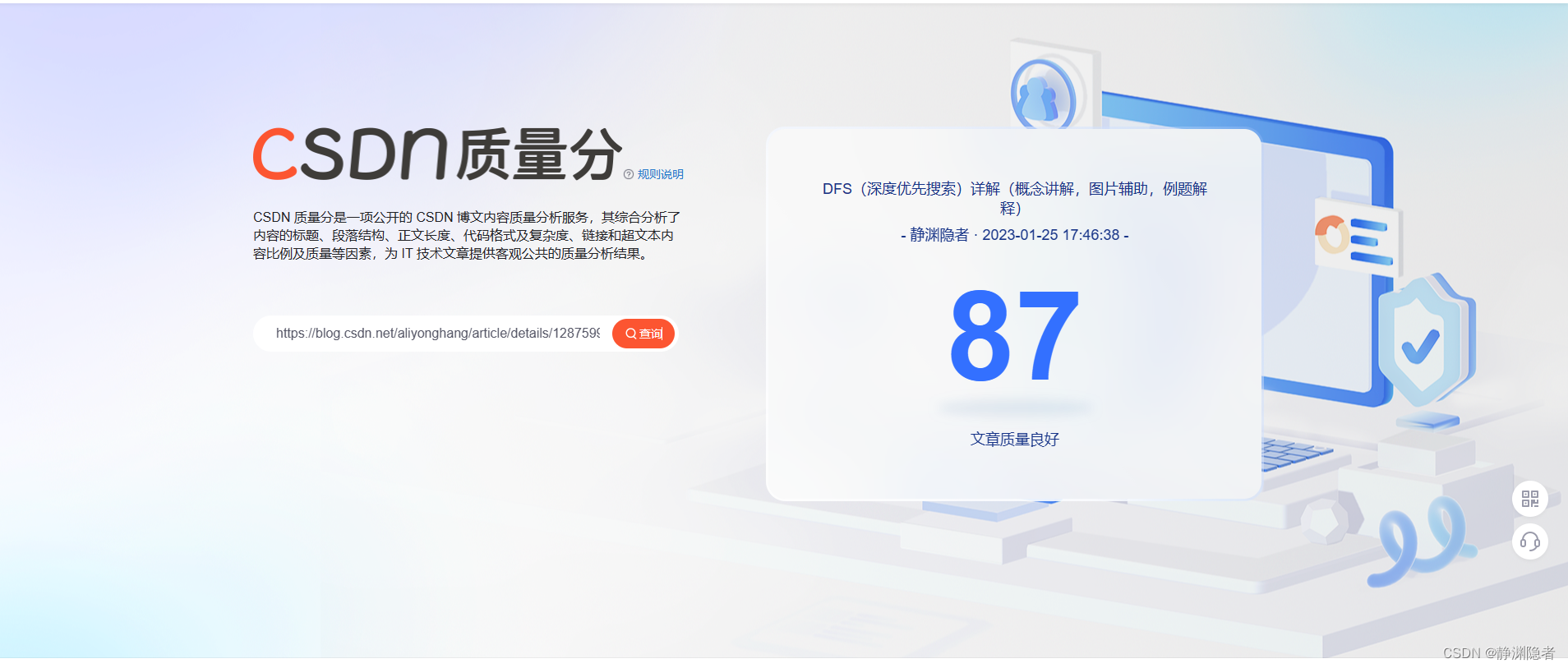

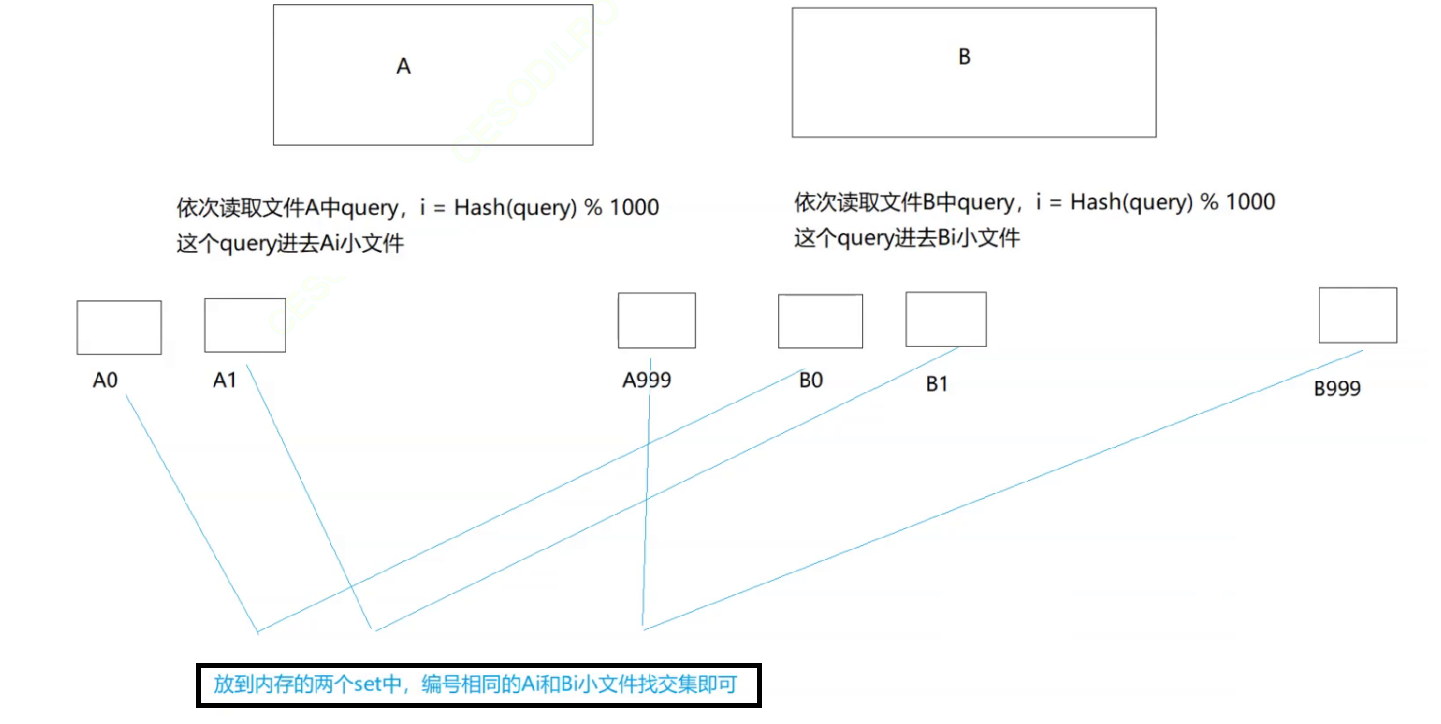




![[羊城杯 2020]EasySer](https://img-blog.csdnimg.cn/09a0659f941f466ab9bc07929d5b43e9.png)








